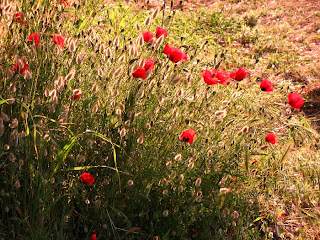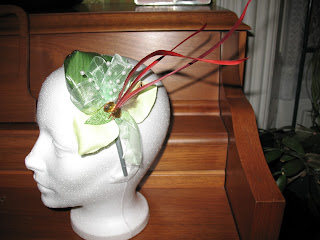It’s that time of year again- late fall with ***BRRR*** winter just around the corner. There seems no end to the long list of gardening and yard work chores, but on of the most fruitful (albeit a delayed gratification) is planting spring bulbs.
RETAIL THERAPY
Fall bulbs are found for sale almost everywhere, including grocery and hardware outlets. Wider selections and fancier varieties can be found at plant nurseries, specialty gardening shops and online from companies like Vesey’s.
If you plan to “grow for show” (exhibition, completion), purchase only named varieties “Black Beauty” tulip, “White Lion” narcissus etc. All other points being equal, a flower identified by name in competition will win.
In all cases and regardless of bulb type or variety, chose only well formed, dry but un-shrivelled bulbs as close to blemish- free as possible. Blemished or damp bulbs are likely to rot in the ground.
While you are shopping, don’t forget to stock up on blood meal or a blood-bone meal mixture for bulb fertilizer. This will not only nourish your bulbs as they grow over the winner but will help to deter squirrels and chipmunks who like nothing more than to dig up bulbs for a fall picnic.
Unless you are planting into previously unplanted ground, or can otherwise plant into holes dug by a shovel, you may also wish to consider purchasing a speciality bulb planting tool that goes by a number of peculiar names- dibber, dibble or dibbler. If you are planting bulbs singly (perhaps between perenials or tree roots) TRUST me, a dibbler will really help save your wrist. As a bonus, most are notched or labelled with planting depths- particular important to pay attention to when planting bulbs.
GENERAL PLANTING TIPS
-Plant in groups rather than rows.
-Odd number grouping are always more impactful (general design rule)
-Stagger taller bulbs and other plants to the back of the bed, with shorter ones near to the edge.
- Plant bulbs POINTY SIDE UP (you’d be surprised how many folks don’t know this).
-General bulb planting depth is 2 ½ times the bulb height. But ALWAYS check the package insert for specific directions.
-You need to grow it to know it, so choose some bulbs that strike your fancy and get planting.
When you see those sleeping beauties poking through the snow and mud, and later enjoy their beautiful color and fragrance, you’ll be glad you did!
























